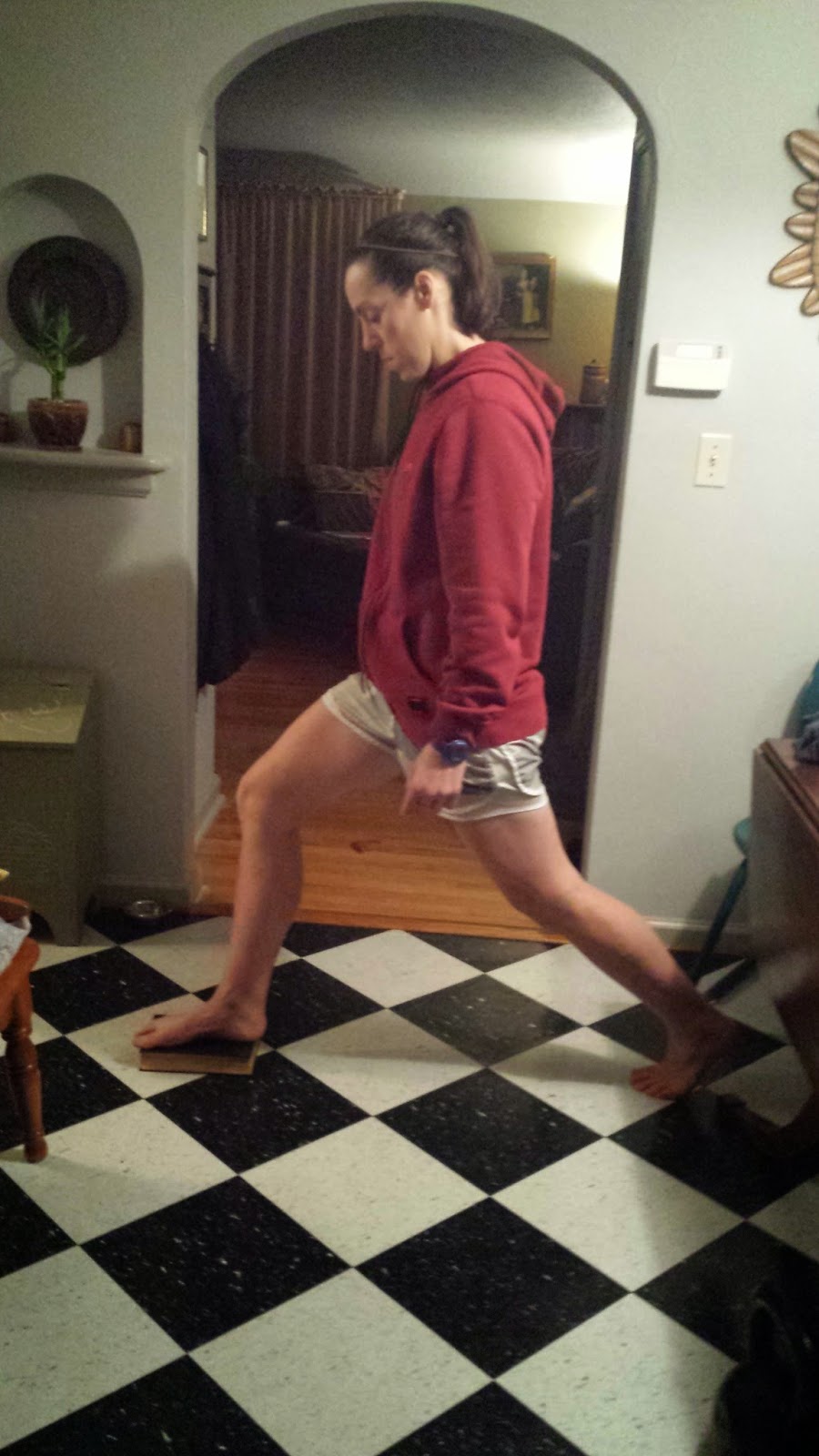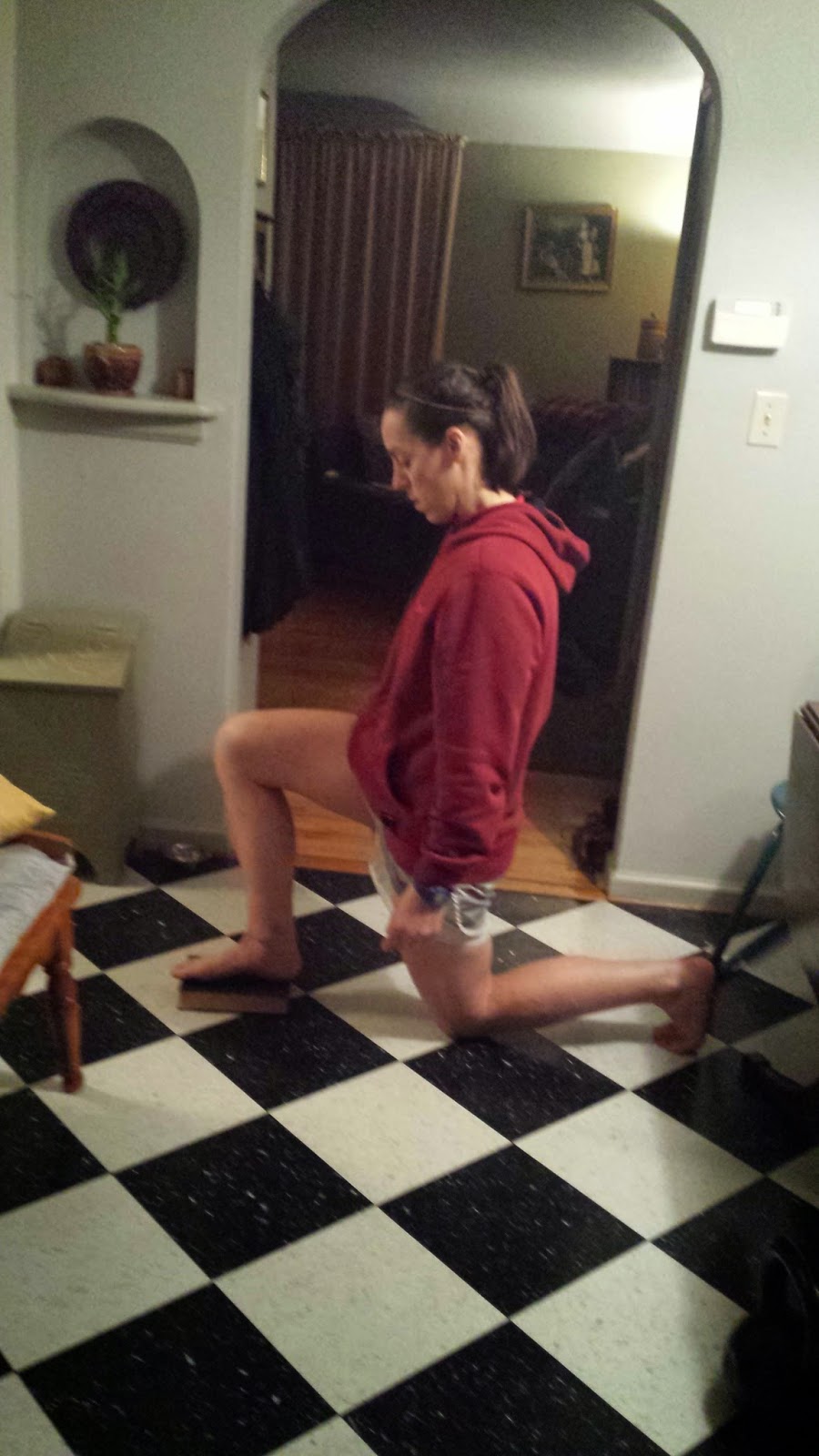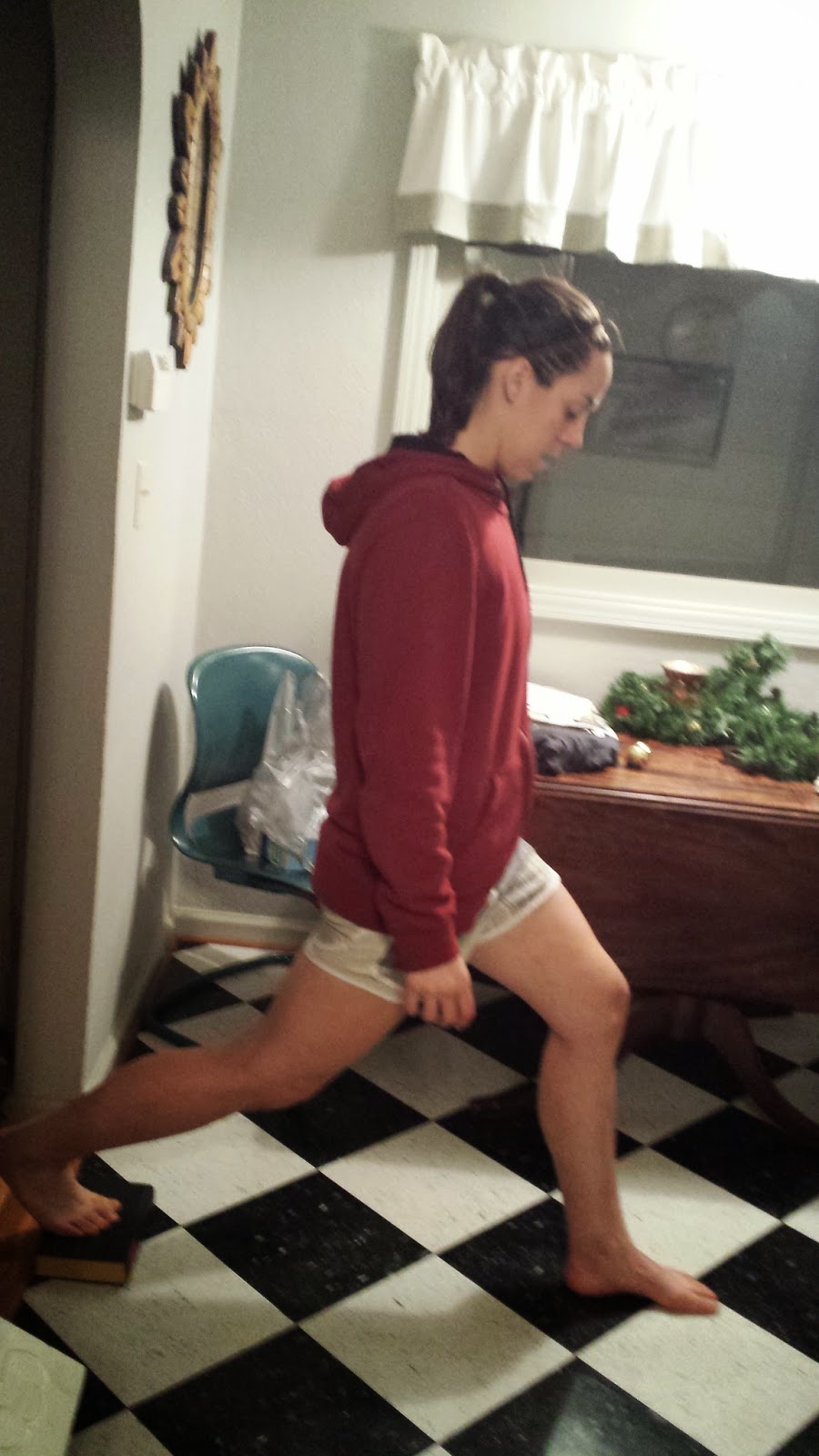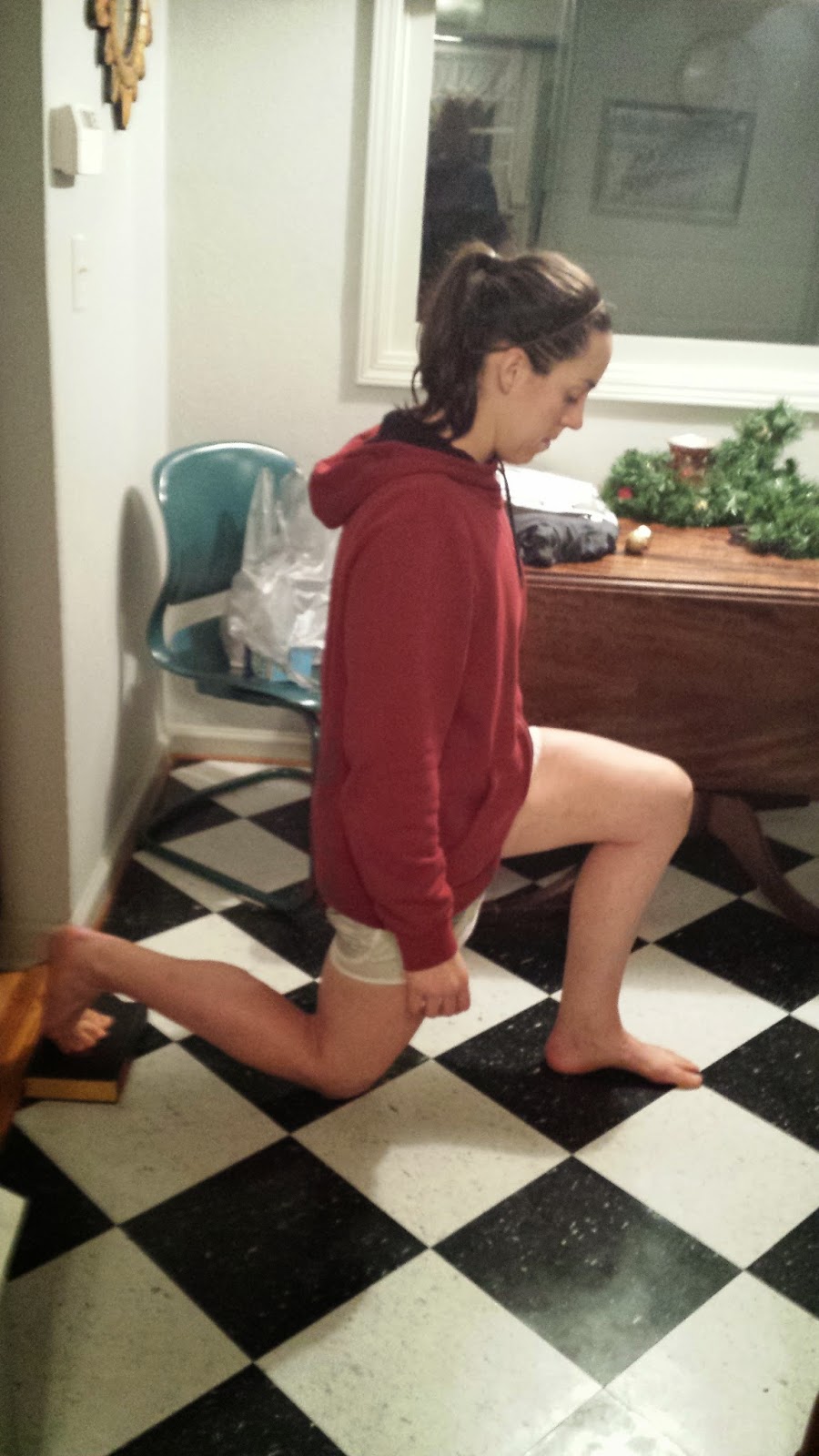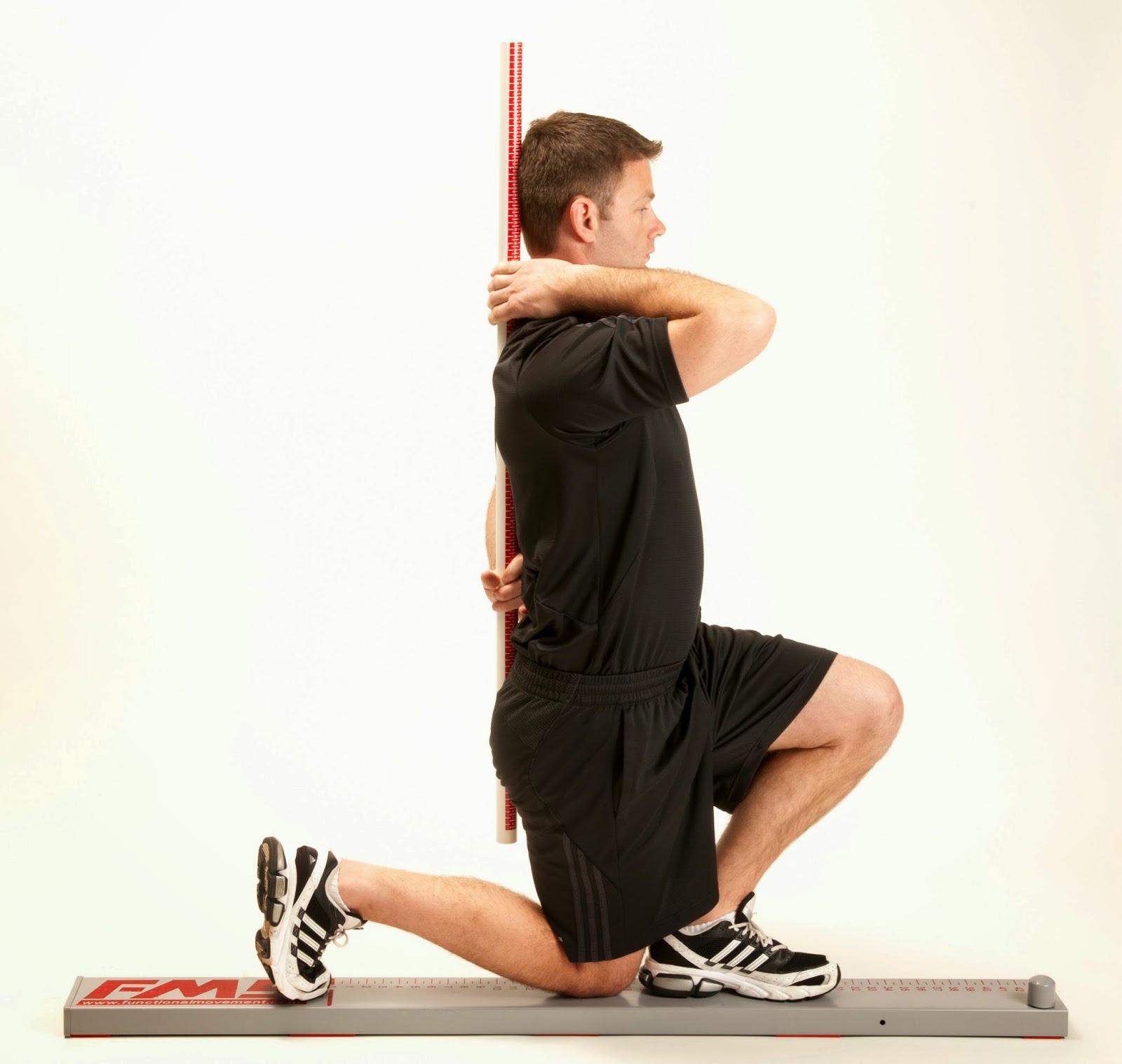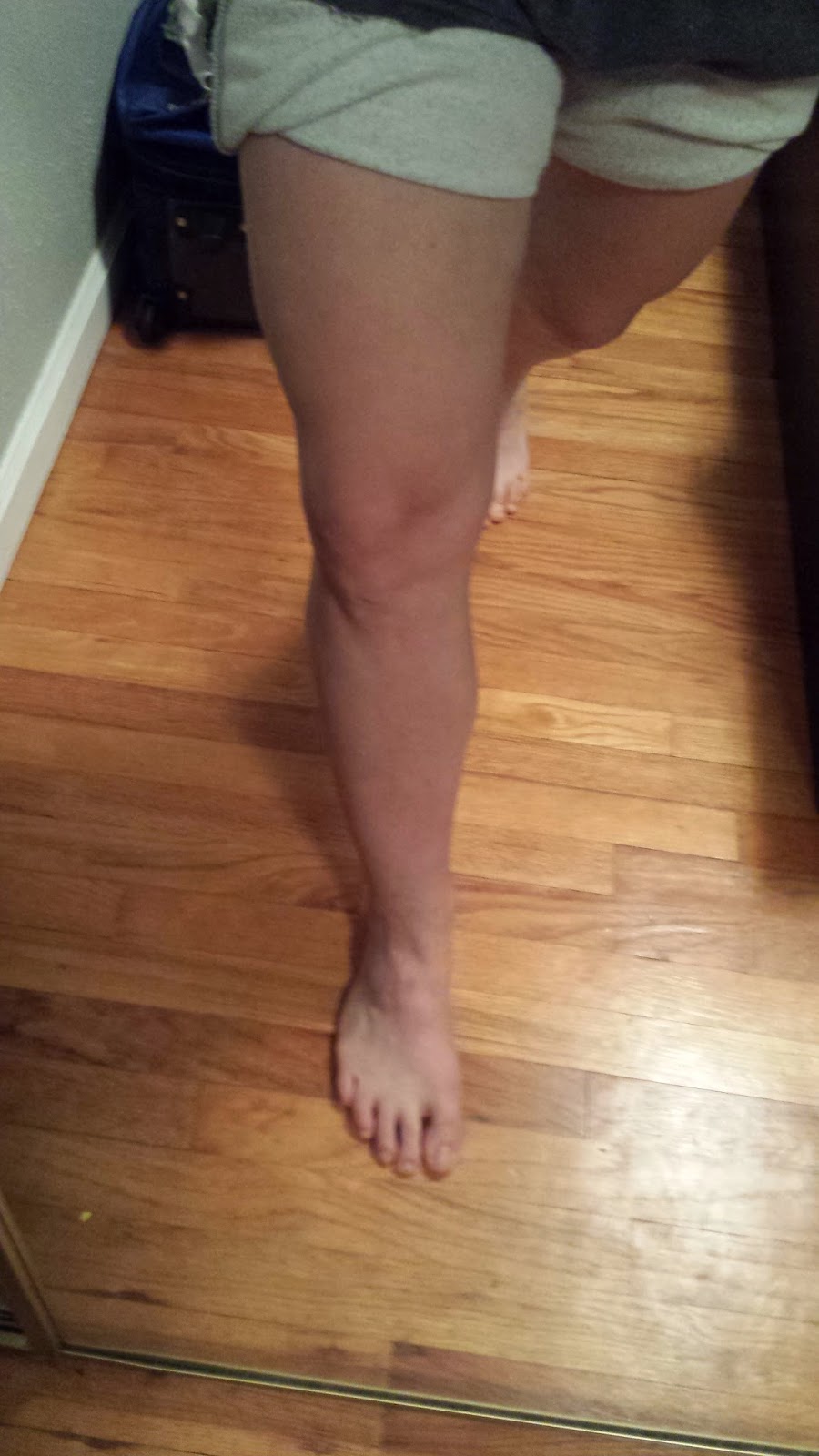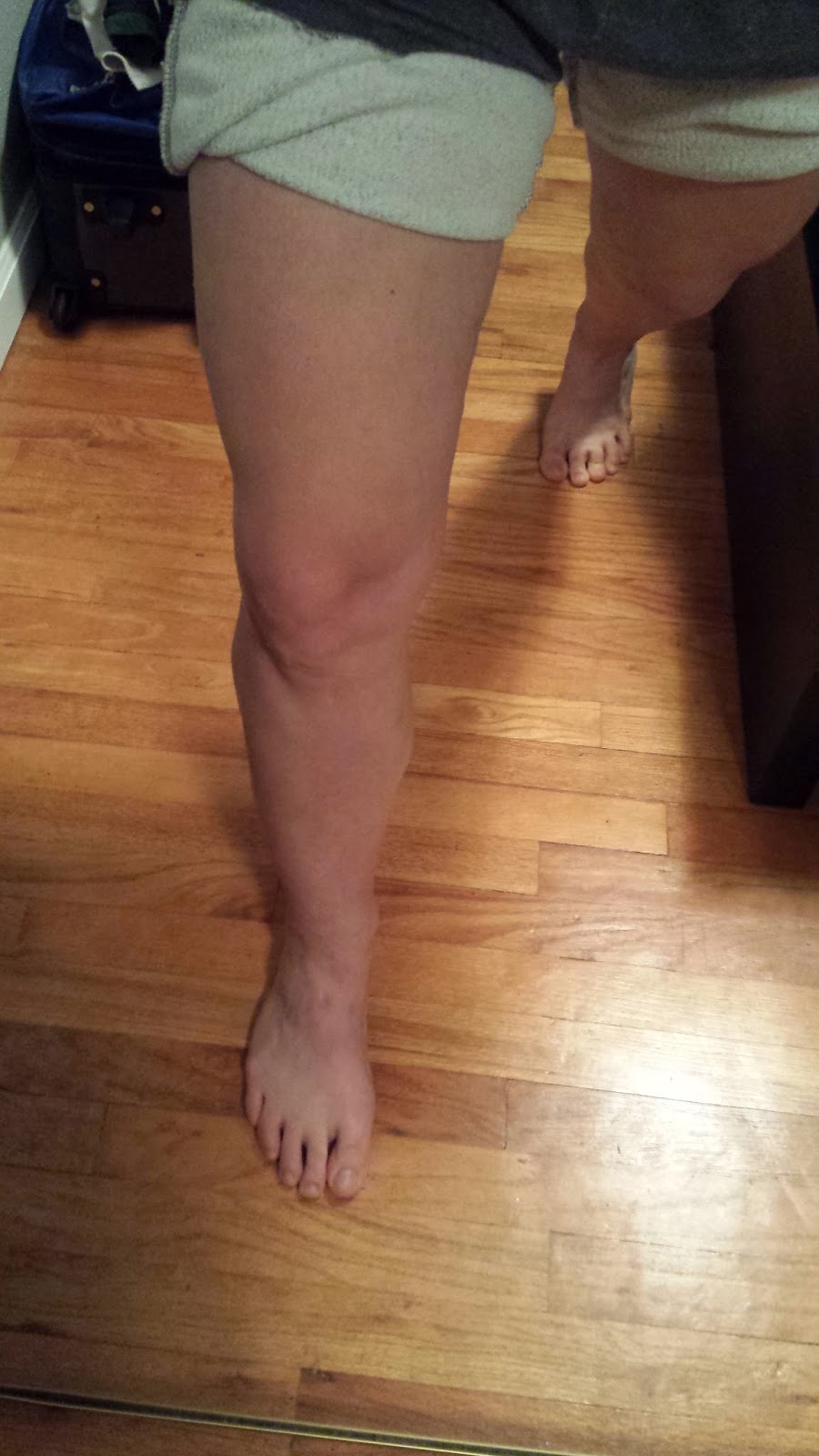The Purposeful Lunge
The lunge just might be the most useful of lower body movements. The split stance design allows for mobility, stability, and multi-directional training.
MOBILITY
To get into proper lunge position, you must have ankle mobility (dorsiflexion), hip mobility (separation, extension on the back leg), and thoracic mobility (extension). Tightness in any of those places while performing a stationary lunge or split squat signifies the need of mobility work in that or surrounding areas.
Lean forward and hinge upright with the back butt cheek to make this easier.
Active glutes help release hip flexors.
Challenging Mobility: Raise the front or back foot
Raising the front foot or back foot forces the knee get lower to reach the ground.
Pressing the ball of the back foot into an elevated surface (versus letting the top of the foot rest and hinging at the ankle) keeps the back leg active.
STABILITY
To not lose your balance, your stable joints need to be able hold everything steady. Your front foot needs to be able to grip the ground, your back foot needs to be able to drive downward into the ground. Your knee must be able to hold its alignment and not cave in. Your pelvis must avoid rotation and tilt. Your scapula must be able to lock down and keep the core steady from the back.
Err on the side of your feet being too far apart lengthwise over too close together.
Challenging Stability: Keep you feet in line and/or add weight to the back leg side.
A lunge with your feet in alignment is more challenging than when the back foot is kicked out. Narrower base = greater need for stability.
Hidden back foot. In-line. Kickstand or pop out back foot. Easier.
The less stable side is the long, back side as your back foot is farthest from your midline.
Hold weight in the back leg hand to pull you into a side lean. Resist this.
Notice how the weighted arm is NOT resting on the hip.
Your core musculature should be keeping this at bay. (DO NOT use the arm to lift the weight away).
LATERAL MOVEMENT
Hinge back with the hips and attempt to keep the “sit into” knee relatively upright.
Lift the toe of the long leg to get a few more inches in depth.
Challenging Lateral Movement: Go from static to dynamic.
Step wide instead of keeping your feet stationary.
ROTATIONAL MOVEMENT
Rotational Lunge
The front foot is pointed forward and and back foot is pointed to the side.
The toe of the front foot should be raised, driving through the heel.
Feet should be an equal distance from your midline (equal sided triangle).
Drop or Curtsey Lunge
Try to shift hips in the direction of the front toes before knee touch.
“Square hips forward” as much as possible.
Reach into ball of back, “wrap around” foot before dropping knee.
Challenging Rotational Movement: Minimize hand movement/ counter weight
Try movements with hands overhead, behind head, or behind back.
TO REVIEW:
- Your stable foot should remain flat on the ground.
- The non-stable foot should press down through heel or ball of foot.
- Use the forward lean and butt hinge to utilize glute muscles as a back foot driver
- Grip with the front/stable foot to maximize stability
- Vary lunges to suit your needs
- Multidirectional movements support developmental balance and mimic sport




